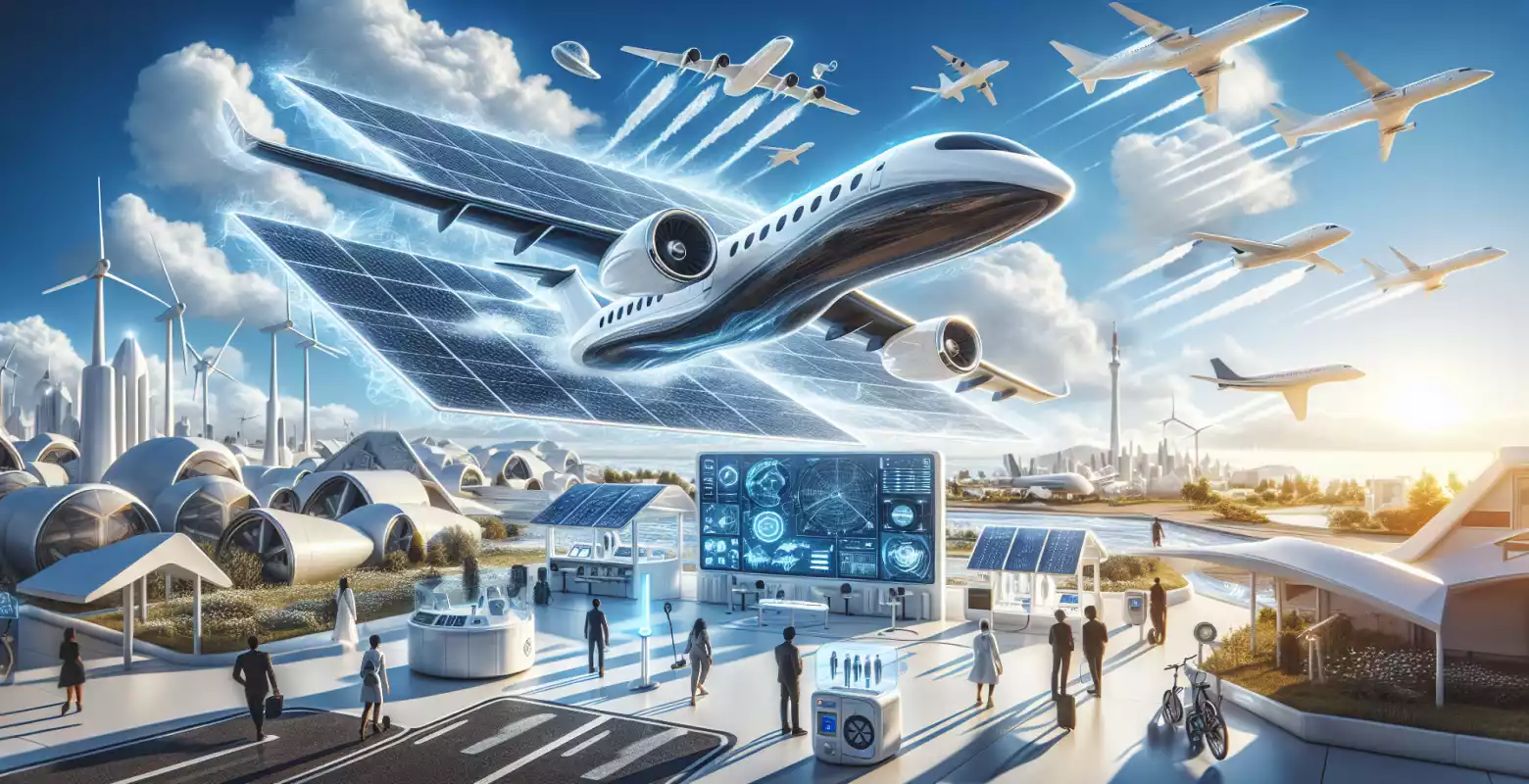The future of electric aviation - what awaits us?
Introduction
Electric aviation is one of the most exciting and rapidly developing areas of technology. In the face of climate change and growing concern for the natural environment, the aviation industry is faced with the necessity of reducing carbon dioxide emissions and other pollutants. The introduction of electric aircraft is a key step towards a more sustainable development of air transport. In this article, we will discuss the future of electric aviation, examining current trends, challenges, and potential benefits arising from the development of this technology.
History and Development of Electric Aviation Technology
Electric aviation is not a completely new idea. Its origins date back to the 1970s when engineers began experimenting with electric propulsion in small aircraft. However, it was only in recent decades that advances in battery technology and composite materials enabled the real development of this field.
One of the key moments in the development of electric aviation was the debut of the Solar Impulse aircraft in 2009. This solar-powered aircraft demonstrated that long-distance emission-free flights are possible. In 2016, Solar Impulse 2 completed the first flight around the world, marking a milestone in aviation history.
Technical Aspects and Challenges
One of the biggest challenges for electric aviation is the improvement of battery technology. Currently available lithium-ion batteries, although increasingly efficient, still have limited energy density compared to traditional aviation fuels. This means that electric aircraft have limited range and payload.
However, the development of new technologies, such as lithium-sulfur batteries or fuel cells, could bring significant improvements. Another challenge is energy efficiency and aerodynamic optimization to maximize the use of available energy.
Advantages of Electric Aviation
Electric aviation offers a range of potential benefits. Primarily, the reduction of CO2 emissions and other air pollutants can significantly contribute to combating climate change. Additionally, electric aircraft are much quieter than their combustion engine counterparts, contributing to reducing noise around airports.
Furthermore, the operational costs of electric aircraft may be lower as they require fewer frequent inspections and are simpler to operate. All of this makes them attractive not only for airlines but also for passengers seeking cheaper and more environmentally friendly travel options.
Contemporary Projects and Initiatives
Many companies and organizations worldwide are engaging in the development of electric aviation technology. An example is Airbus, which is working on the ZEROe project aimed at creating the first commercial hydrogen-powered aircraft by 2035. Another company, Eviation, is developing Alice â a fully electric passenger aircraft set to enter service in the coming years.
Smaller companies, such as Pipistrel and Lilium, are also introducing innovations in electric aviation, offering training aircraft and urban air taxis. These initiatives demonstrate that the aviation industry is ready for transformation and the adoption of new technologies.
The Future of Electric Aviation
The future of electric aviation seems promising. Increased environmental awareness, stricter emission regulations, and technological progress are factors that will drive the development of this field. In the long term, we can expect an increase in the range and efficiency of electric aircraft, enabling their use in medium- and long-haul flights.
However, to achieve this, investments in infrastructure, research and development, as well as cross-sector collaboration, will be essential. Governments, industry, and scientists must work together to fully harness the potential of electric aviation.
Summary
Electric aviation is the future that is already beginning to take shape today. Faced with global challenges related to climate change, the development of electric aircraft is not only a necessity but also an opportunity to create a more balanced air transport system. Transformations in this field can contribute to a healthier planet and more economical transport for all.
We encourage you to continue following the progress in this exciting field and to reflect on what steps we can take to support the development of electric aviation. Together, we can contribute to a better future for future generations.






Number of comments: 0